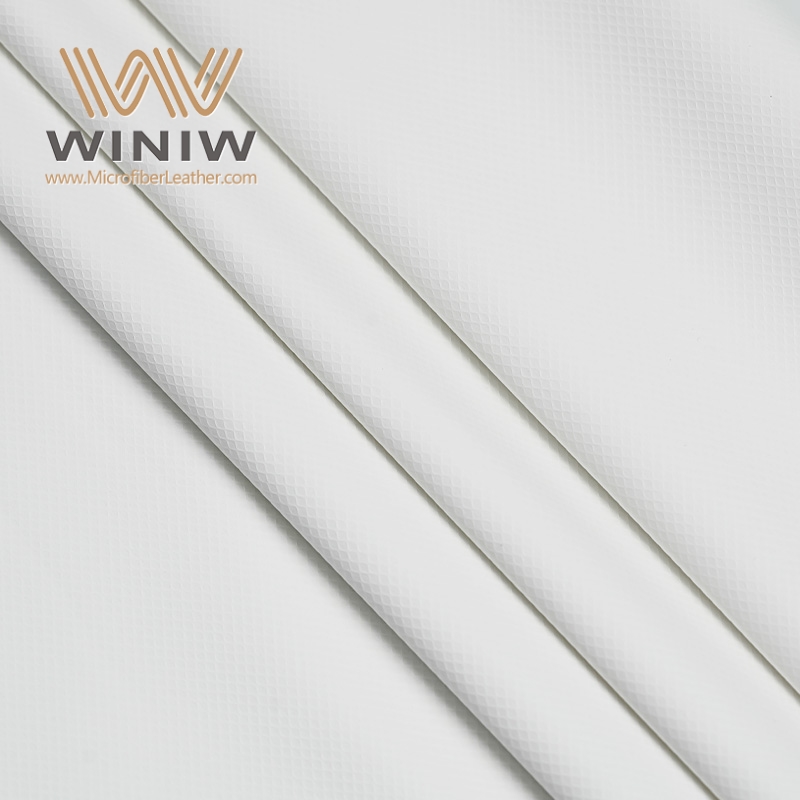
Elegir el balón de fútbol adecuado es importante para cada jugador. El balón de cuero sintético ofrece durabilidad y precio asequible, lo que lo hace ideal para la práctica regular. El cuero genuino se siente diferente en la mano y suele ser adecuado para partidos oficiales. Ambos tipos tienen sus ventajas y desventajas. Los jugadores deben considerar el agarre, el clima y la experiencia antes de decidirse.
Balones de fútbol de cuero sintético Son asequibles y duraderos, lo que los hace ideales para la práctica regular y diversas condiciones climáticas.
Los balones de fútbol de cuero genuino ofrecen un agarre superior y una sensación clásica, pero requieren más mantenimiento y son menos efectivos en condiciones húmedas.
Al elegir un balón de fútbol, tenga en cuenta su entorno de juego, la frecuencia de uso, el presupuesto y el nivel de habilidad para encontrar el que mejor se adapte a sus necesidades.
Balones de fútbol sintéticos Han revolucionado el juego para muchos jugadores. Los fabricantes utilizan materiales como el poliuretano termoplástico (TPU) y el poliuretano (PU) para crear balones que ofrecen durabilidad y un rendimiento constante. Estas opciones sintéticas son resistentes al agua, por lo que los jugadores pueden usarlas en condiciones de humedad sin preocuparse de que el balón se vuelva pesado o se deforme. La superficie resiste la abrasión del césped y los golpes repetidos, lo que significa que el balón dura más. La construcción multicapa ayuda a mantener la fiabilidad del balón durante partidos intensos. Los balones sintéticos también proporcionan un agarre consistente, lo que facilita los pases y las recepciones tanto para principiantes como para atletas experimentados.
Consejo: Los balones sintéticos vienen en diferentes grosores y texturas. Los jugadores pueden elegir el balón que mejor se adapte a su estilo y nivel de juego.
El mercado de balones sintéticos ha crecido rápidamente. Mucha gente los prefiere porque son más económicos y fáciles de mantener. Innovaciones como los paneles termosellados y la mejora de la aerodinámica han popularizado los balones sintéticos tanto en entrenamientos como en partidos competitivos.
|
Material |
Descripción |
Idoneidad |
|---|---|---|
|
CLORURO DE POLIVINILO |
Duradero, asequible, impermeable, pero menos sensible. |
Jugadores principiantes o casuales. |
|
TPU |
Duradero, respetuoso con el medio ambiente, mejor control que el PVC. |
Jugadores de nivel intermedio. |
|
PU |
Rendimiento superior, sensación suave, patrones de vuelo consistentes. |
Jugadores de nivel profesional. |
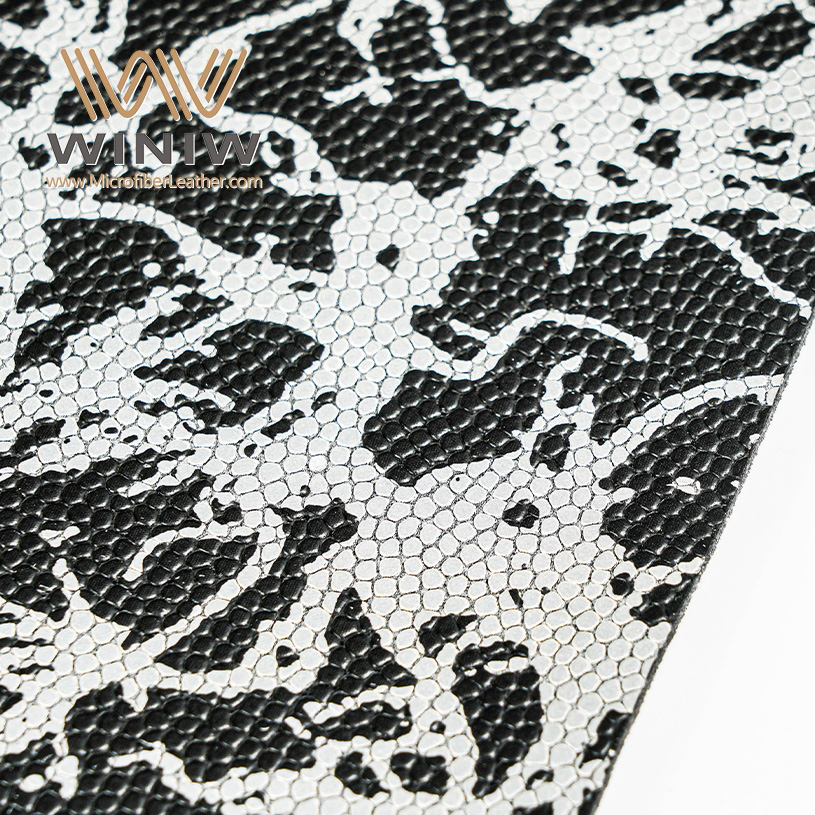
Los balones de fútbol de cuero genuino tienen una sensación clásica que muchos jugadores adoran. El material natural proporciona un toque y una respuesta únicos, especialmente durante los partidos oficiales. Los balones de cuero requieren mayor cuidado porque pueden absorber la humedad, lo que a veces provoca grietas o pesadez después de la lluvia. Los jugadores suelen notar que el cuero se estira y se adapta al pie con el tiempo, ofreciendo comodidad y control.
Los balones de cuero requieren un mantenimiento regular. Es fundamental mantenerlos secos y limpios para evitar daños. Su producción requiere mucha agua y productos químicos, lo que puede perjudicar el medio ambiente. A pesar de estos desafíos, muchos profesionales siguen eligiendo el cuero por su calidad y tradición.
Nota: Los balones de fútbol de cuero pueden no ser la mejor opción para clima húmedo o uso frecuente al aire libre.
Los jugadores suelen hablar del agarre y la sensación de un balón durante los entrenamientos o los partidos. La superficie de un balón sintético, especialmente uno hecho de... Cuero de PU Se siente suave y consistente. Muchos atletas notan que este tipo de balón ofrece un control confiable, pero no proporciona la misma sensación táctil que el cuero genuino. El recubrimiento sintético altera la interacción del balón con las manos y los pies, lo que puede afectar la sensación de control del jugador.
Los balones de cuero genuino destacan por su toque único. El material natural permite que el aire circule por la superficie, lo que mejora el agarre y la sensación táctil. Los jugadores que usan balones de cuero suelen decir que se sienten más conectados con el balón, especialmente durante pases cortos o tiros.
Los balones de fútbol de cuero de PU proporcionan una superficie suave y consistente, pero los jugadores informan una menor respuesta táctil en comparación con el cuero genuino.
El revestimiento sintético de cuero PU afecta la interacción de la pelota con las manos y los pies, lo que impacta el control durante el juego.
Los balones de fútbol de cuero genuino permiten un mejor movimiento del aire, lo que puede mejorar el agarre y la respuesta táctil.
Elegir entre balones de cuero sintético y genuino depende de lo que más valore cada jugador. Algunos buscan un balón que se sienta igual siempre, mientras que otros prefieren el tacto clásico del cuero.
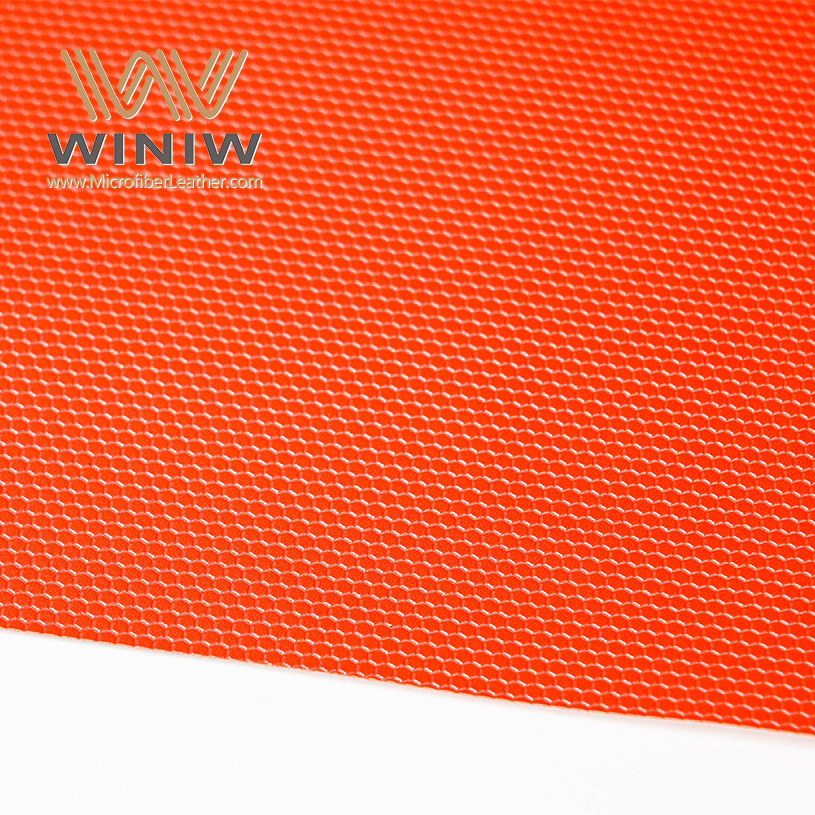
El clima puede cambiar el rendimiento de un balón de fútbol en el campo. Balones de fútbol sintéticos Resisten la lluvia y el césped mojado mucho mejor que el cuero genuino. La superficie impermeable mantiene la pelota ligera y fácil de controlar, incluso cuando el campo se vuelve resbaladizo. Los jugadores no tienen que preocuparse de que la pelota absorba agua o se deforme.
Los balones de fútbol de cuero genuino tienen dificultades en condiciones de humedad. El material absorbe el agua, lo que hace que el balón sea pesado y difícil de controlar. Cuando el cuero se moja, puede deformarse y dificultar su uso para pases o tiros.
A continuación se muestra un vistazo rápido de cómo se comporta cada tipo de fútbol en clima húmedo:
|
Tipo de fútbol |
Agarre en condiciones húmedas |
Cambio de fuerza de fricción |
|---|---|---|
|
Cuero sintético |
Disminuye significativamente |
Caída marcada con cargas más altas |
|
Piel genuina |
Mantiene o aumenta |
Agarre bastante consistente |
Los jugadores notan que los balones sintéticos mantienen su peso y forma, lo que mejora la precisión en partidos con agua. Los balones de cuero, en cambio, se vuelven pesados y pierden su forma, lo que dificulta su uso.
Los balones de fútbol de cuero genuino absorben agua, volviéndose pesados y difíciles de controlar en condiciones de humedad.
Por el contrario, los balones de cuero sintético mantienen su peso y forma, lo que garantiza un mejor rendimiento durante los juegos mojados.
Cuando se mojan, los balones de fútbol de cuero puro pierden su forma y se vuelven difíciles de usar.
Los balones de cuero sintético permanecen secos y conservan su forma, lo que mejora la precisión de los pases y los tiros.
El clima y las condiciones del campo son fundamentales a la hora de elegir el balón adecuado. Los jugadores que suelen jugar al aire libre o con lluvia pueden preferir los balones sintéticos por su durabilidad y rendimiento constante.
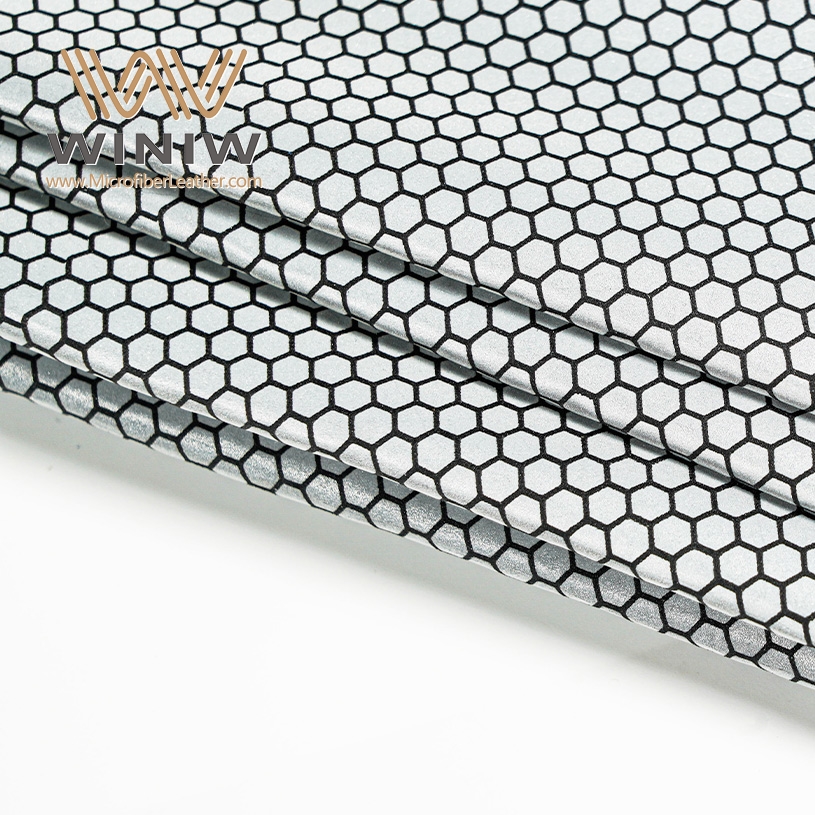
Los jugadores de fútbol a menudo se preguntan cuánto durará su balón. La vida útil depende del material y de la frecuencia con la que jueguen. Balones de fútbol sintéticos , especialmente los de cuero sintético, pueden durar desde unos pocos meses hasta varios años. Los balones de cuero genuino suelen durar más que los sintéticos, sobre todo si los jugadores los cuidan bien. La siguiente tabla muestra la vida útil promedio de cada tipo:
|
Tipo de fútbol |
esperanza de vida media |
|---|---|
|
Cuero de PU |
De unos meses a varios años |
|
Cuero auténtico |
Generalmente más largo que el sintético |
Los jugadores que usan sus balones de fútbol a diario para entrenar pueden notar el desgaste antes. Quienes juegan solo los fines de semana pueden aprovecharlos más. El clima y las condiciones del campo también influyen mucho en la duración de un balón en buen estado.
Cuidar un balón de fútbol ayuda a que dure más y tenga un mejor rendimiento. Los jugadores deben seguir estos sencillos consejos:
Limpie la pelota regularmente con un paño suave y húmedo. Evite productos químicos agresivos y materiales abrasivos.
Utilice un detergente suave para una limpieza más profunda si la bola se ensucia mucho.
Seque completamente el balón después de limpiarlo para evitar la formación de moho y hongos.
Guarde la pelota en un lugar fresco y seco, alejado de la luz solar.
Evite apilar objetos pesados encima del balón.
Controlar la humedad y la temperatura en el área de almacenamiento.
Inspeccione la pelota con frecuencia para detectar signos de daño y repare los pequeños problemas rápidamente.
Para los balones de fútbol de cuero genuino, el acondicionamiento es importante. Aplique una capa fina de acondicionador de cuero cada 2 o 3 meses para mantener el cuero suave y evitar grietas. Guarde los balones de fútbol de cuero lejos de ambientes húmedos y de la luz solar directa. Usar una bolsa de almacenamiento ayuda a protegerlos del polvo y la suciedad.
Consejo: La limpieza regular y el almacenamiento adecuado pueden prolongar la vida útil de los balones de fútbol tanto sintéticos como de cuero.
Cuando los jugadores compran un balón de fútbol, el precio a menudo se convierte en un factor decisivo. Las opciones sintéticas suelen costar menos Y son más fáciles de encontrar en la mayoría de las tiendas. Muchos jugadores recreativos y escuelas eligen balones sintéticos porque se ajustan a presupuestos más ajustados. Los balones de cuero genuino, en cambio, tienen un precio más elevado. El costo adicional se debe a la calidad del cuero y a la mano de obra necesaria para fabricar cada balón.
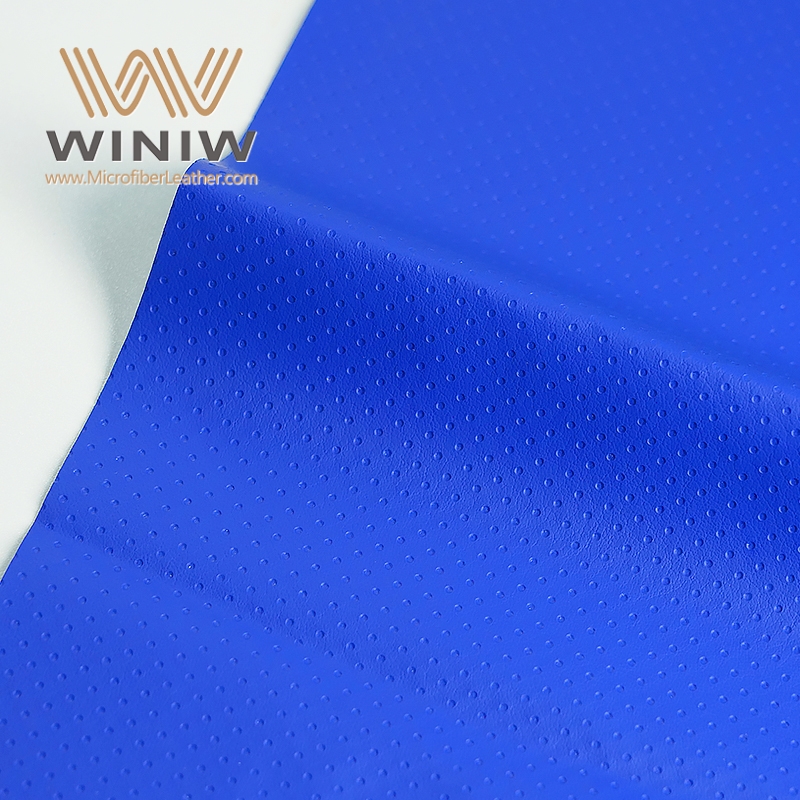
He aquí un vistazo rápido a los precios de las mejores marcas:
|
Marca |
Modelo |
Precio |
|---|---|---|
|
Nike |
Nike Championship FB - Oficial con NFHS |
$130.00 |
|
Spalding |
Fútbol americano Spalding Alpha - Juvenil |
$84.99 |
|
Wilson |
Balón de fútbol de cuero Wilson GST - Oficial NFHS |
$129.99 |
|
Baden |
EDICIÓN DEL EQUIPO DE PERFECCIÓN DE BADEN FB Oficial |
$109.99 |
|
Wilson |
Fútbol juvenil Wilson GST TDJ |
$89.99 |
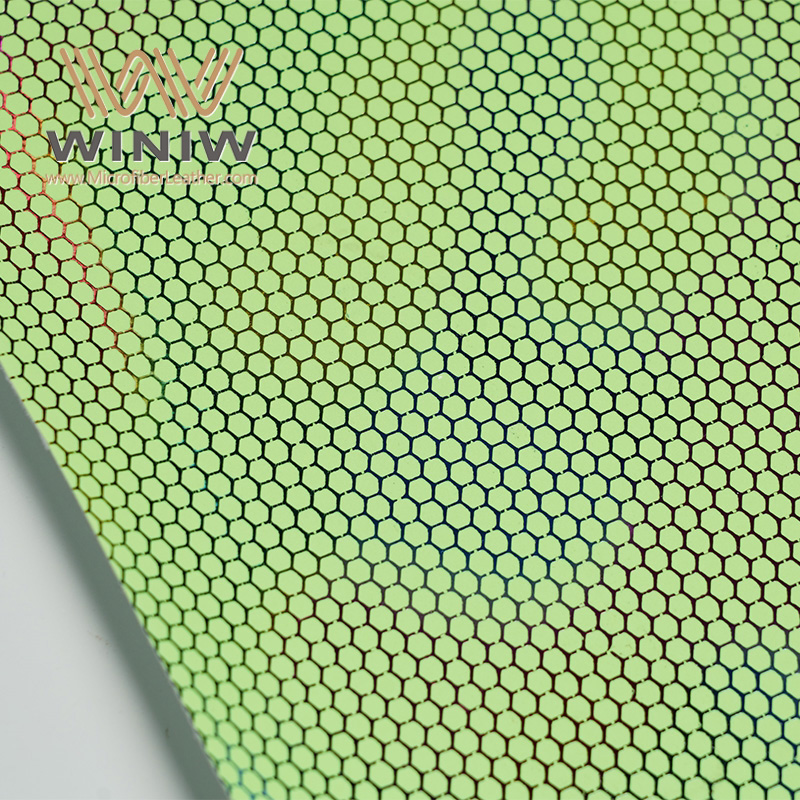
Los balones sintéticos suelen ser más económicos porque utilizan materiales económicos y métodos de fabricación más rápidos. Los balones de cuero genuino utilizan materiales de alta calidad y requieren más mano de obra, lo que encarece su precio.
Los jugadores buscan un balón duradero y de buen rendimiento. Los balones sintéticos ofrecen una excelente relación calidad-precio para quienes juegan con frecuencia o necesitan un balón para entrenar. Son resistentes al agua y requieren menos cuidados, por lo que los propietarios invierten menos tiempo y dinero en su mantenimiento. Los balones de cuero genuino son más caros, pero muchos atletas creen que su tacto y durabilidad los hacen merecedores de la pena, especialmente para partidos oficiales.
Nota: Los balones de fútbol de cuero genuino necesitan un cuidado regular para mantenerse en óptimas condiciones, mientras que los balones de fútbol sintéticos son más fáciles de mantener.
A largo plazo, los balones sintéticos ahorran dinero a los jugadores ocasionales. Los balones de cuero genuino, aunque caros, ofrecen la mejor calidad y tradición para quienes buscan lo mejor.
En el ámbito de los balones de fútbol juvenil y los juegos informales, los jugadores suelen buscar algo fácil de manejar y lo suficientemente resistente para el uso regular. Los balones de cuero sintético destacan entre estos grupos. Son más económicos, más duraderos y funcionan bien en todo tipo de clima. Muchas escuelas y equipos comunitarios eligen opciones sintéticas porque no requieren mucho mantenimiento. Los jugadores pueden usarlos en césped mojado o campos fangosos sin preocuparse por daños.
Los balones de fútbol sintéticos son más asequibles y están diseñados para ser duraderos, lo que los hace adecuados para diversas condiciones climáticas.
Los balones de fútbol de cuero requieren un mayor mantenimiento, lo que puede afectar su uso en condiciones de humedad.
Los balones de fútbol juveniles fabricados con materiales sintéticos ayudan a los jugadores jóvenes a centrarse en aprender habilidades en lugar de cuidar el balón.
Para aquellos que juegan todos los fines de semana o simplemente quieren una pelota confiable para practicar, cuero sintético Es una elección inteligente. Mantiene su forma y agarre, incluso después de muchos partidos.
Los equipos competitivos y los jugadores profesionales tienen necesidades diferentes. Buscan un balón que se sienta cómodo y que rinda al máximo nivel. Muchas ligas ahora usan balones de cuero sintético porque resisten el agua y aguantan bien durante partidos intensos. Los materiales sintéticos como el PU y el PVC no se alteran mucho con la lluvia o el calor, lo que garantiza una experiencia consistente.
Las ligas profesionales y los equipos competitivos prefieren los balones de fútbol de cuero sintético por su resistencia al agua y durabilidad.
El cuero sintético proporciona una jugabilidad constante en diferentes condiciones climáticas.
Los balones de fútbol de cuero sintético son más duraderos y requieren menos mantenimiento.
Aun así, algunos jugadores expertos prefieren el cuero genuino por su agarre y tacto inigualables. Los balones oficiales de juego, fabricados con cuero de primera calidad, ofrecen mayor control y precisión, especialmente en clima seco. Sin embargo, el cuero absorbe el agua y se vuelve pesado, lo que puede afectar el rendimiento durante los partidos bajo la lluvia.
Al elegir un calzado de fútbol, los jugadores deben considerar la frecuencia con la que juegan y el clima al que se enfrentan. El cuero sintético es adecuado para la mayoría, pero quienes buscan tradición y el máximo rendimiento en condiciones secas podrían optar por el cuero genuino.
Los jugadores a menudo preguntan sobre los beneficios y desventajas reales de balón de fútbol de cuero sintético Este tipo de fútbol ha cambiado la forma de jugar y entrenar. Muchas escuelas y equipos lo eligen por su fiabilidad y precio. Analicemos los puntos principales.
Ventajas:
Asequible para la mayoría de los presupuestos. Los jugadores pueden comprar más pelotas para practicar o jugar.
La superficie resistente al agua mantiene la pelota liviana y fácil de manejar, incluso en climas lluviosos.
Material duradero que resiste campos difíciles y uso frecuente.
Un agarre constante ayuda a los principiantes y a los jugadores experimentados a controlar los pases y los tiros.
Fácil de limpiar y mantener. Los propietarios dedican menos tiempo a preocuparse por el cuidado.
Contras:
Algunos jugadores notan menos respuesta táctil en comparación con el cuero genuino.
La apariencia puede parecer menos tradicional o premium.
El balón de fútbol de cuero sintético a veces se siente más rígido, especialmente cuando es nuevo.
Puede desgastarse más rápido que el cuero de alta calidad con un uso intenso y prolongado.
No siempre es la mejor opción para los partidos oficiales donde la tradición importa.
Consejo: El balón de fútbol de cuero sintético funciona mejor para los jugadores que desean un balón confiable para el uso diario y no quieren dedicar demasiado tiempo al mantenimiento.
A continuación se muestra una tabla rápida para comparar las características principales:
|
Característica |
Balón de fútbol de cuero sintético |
|---|---|
|
Precio |
Bajo a moderado |
|
Agarre |
Consistente, menos táctil |
|
Durabilidad |
Alto en condiciones húmedas |
|
Apariencia |
Moderno, menos clásico |
|
Mantenimiento |
Fácil |
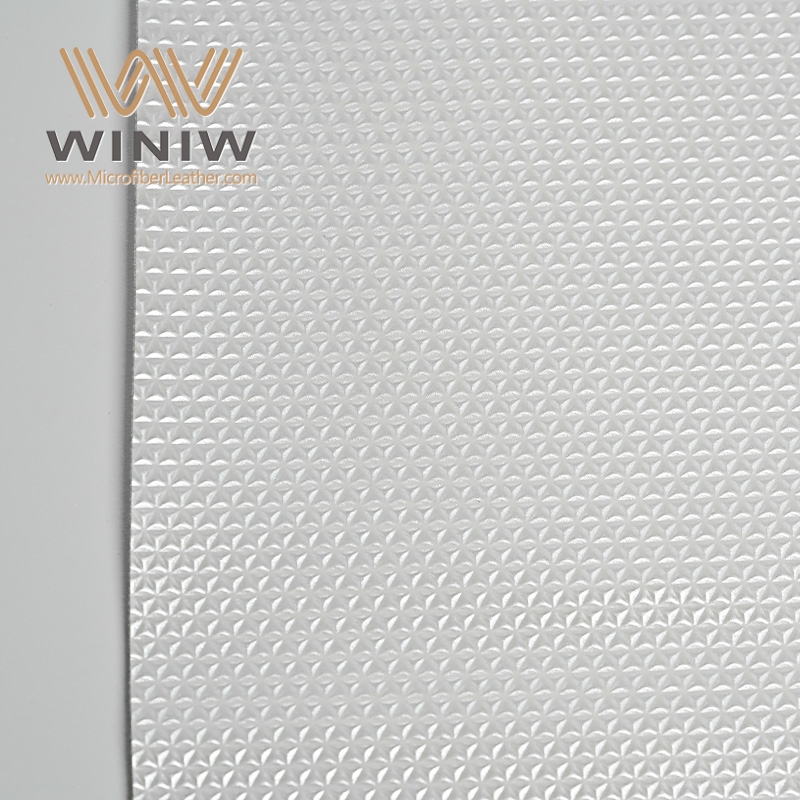
El balón de fútbol de cuero genuino aporta un toque clásico al campo. A muchos jugadores profesionales les encanta su respuesta durante el juego. Sin embargo, presenta sus propios desafíos. Veamos sus características más destacadas.
Ventajas:
Agarre superior y respuesta táctil. Los jugadores se sienten más conectados con el balón.
La apariencia clásica apela a la tradición y a los partidos oficiales.
El cuero de alta calidad puede durar más con el cuidado adecuado.
El balón se adapta al pie del jugador con el tiempo, mejorando la comodidad y el control.
Preferido para clima seco y juegos de interior.
Contras:
Costoso en comparación con las opciones sintéticas. No siempre práctico para equipos o escuelas grandes.
Absorbe agua, lo que hace que la pelota sea pesada y más difícil de controlar en condiciones húmedas.
Requiere limpieza y acondicionamiento regulares para evitar grietas y daños.
No es tan duradero en campos accidentados o fangosos.
Disponibilidad limitada en algunas tiendas.
Nota: Los zapatos de fútbol de cuero genuino son adecuados para jugadores que valoran la tradición, el agarre y la sensación, pero deben comprometerse con el cuidado regular y evitar las condiciones de humedad.
A continuación se muestra una tabla para destacar los puntos principales:
|
Característica |
Balón de fútbol de cuero genuino |
|---|---|
|
Precio |
Alto |
|
Agarre |
Superior, táctil |
|
Durabilidad |
Alto en condiciones secas |
|
Apariencia |
Clásico, premium |
|
Mantenimiento |
Requiere esfuerzo |
Los jugadores deben sopesar estas ventajas y desventajas antes de elegir un balón. El balón de cuero sintético ofrece comodidad y valor, mientras que el de cuero genuino ofrece tradición y tacto. La elección correcta depende de lo que más le importe a cada jugador.
Elegir el mejor balón de fútbol depende de varios factores importantes. Los jugadores deben considerar sus propias necesidades y estilo de juego antes de tomar una decisión. Aquí hay algunos puntos clave a tener en cuenta:
Entorno de juego Los jugadores deberían preguntarse dónde juegan con más frecuencia. Los campos interiores, el césped natural o el césped artificial pueden afectar el rendimiento de un balón. Cuero sintético Funciona bien en condiciones húmedas o difíciles. El cuero genuino brilla en campos secos y bien cuidados.
Condiciones meteorológicas La lluvia y el barro pueden arruinar un balón de cuero. Las opciones sintéticas se mantienen ligeras y fáciles de manejar, incluso con mal tiempo.
Frecuencia de uso Los jugadores que entrenan a diario necesitan un balón duradero. Los balones sintéticos resisten el uso diario y requieren menos cuidado. Los balones de cuero son ideales para quienes juegan con menos frecuencia o buscan un balón especial para partidos.
Presupuesto El precio es importante para muchos jugadores. Los balones sintéticos son más económicos y ofrecen una buena relación calidad-precio. Los balones de cuero genuino son más caros, pero ofrecen una sensación clásica y un rendimiento superior.
Nivel de habilidad Los jugadores principiantes y jóvenes suelen obtener mejores resultados con balones sintéticos. Estos balones son más fáciles de agarrar y mantener. Los jugadores avanzados pueden preferir la sensación y el control del cuero genuino.
Consejo: Los jugadores deberían anotar sus prioridades antes de comprar. Esto ayuda a reducir las opciones rápidamente.
Elegir entre balones de fútbol de cuero sintético y genuino depende de lo que más importa. Aquí tienes una rápida comparación:
|
Característica |
Cuero sintético PU |
Cuero artificial de PVC |
|---|---|---|
|
Actuación |
Resistente a la abrasión, transpirable. |
Resistente al agua, menos duradero. |
|
Costo |
Moderado |
Bajo |
|
Clima |
Estable en la mayoría de las condiciones |
Menos estable |
El cuero sintético ofrece durabilidad y valor.
El cuero genuino da una sensación clásica pero necesita más cuidado.
Los jugadores deben adaptar su elección a su presupuesto, estilo de juego y clima.

Cuero sintético Los balones de fútbol están hechos de materiales sintéticos para mayor durabilidad y resistencia al agua. Los balones de cuero genuino ofrecen una sensación clásica, pero requieren mayor cuidado, especialmente en condiciones de humedad.
Los jugadores pueden usar balones de fútbol de cuero sintético con cualquier bota. El agarre y el control se mantienen constantes, lo que los convierte en una excelente opción para entrenar o jugar.
Los balones de fútbol de cuero sintético suelen durar más en climas húmedos. Los de cuero genuino pueden durar más en condiciones secas si los jugadores los mantienen adecuadamente.

Escanear a wechat:
